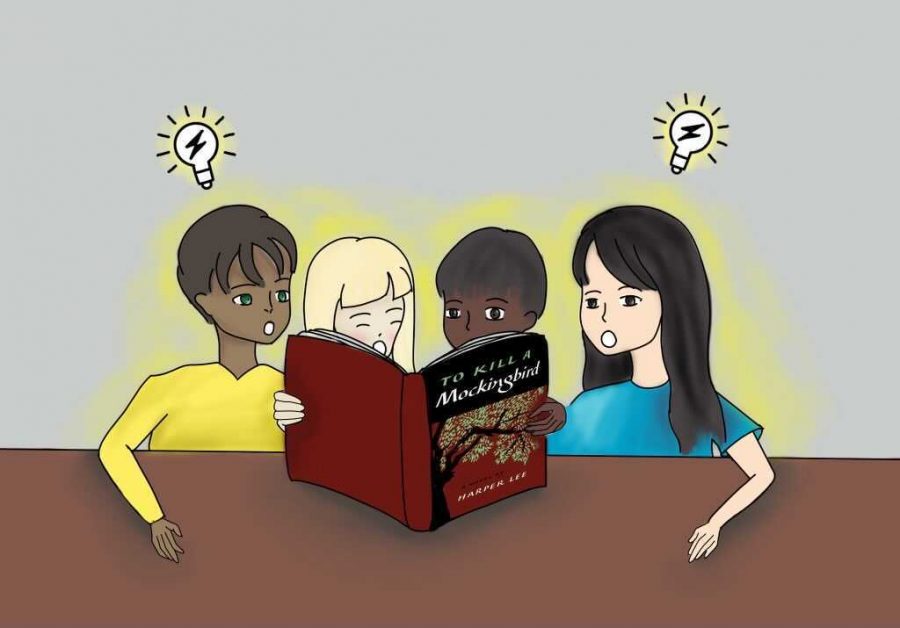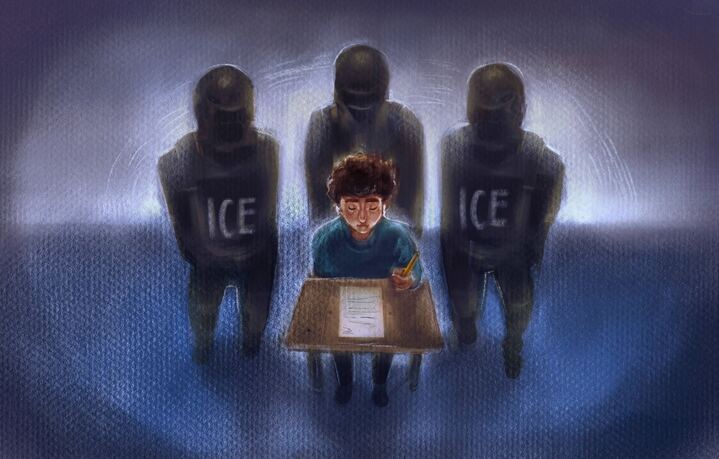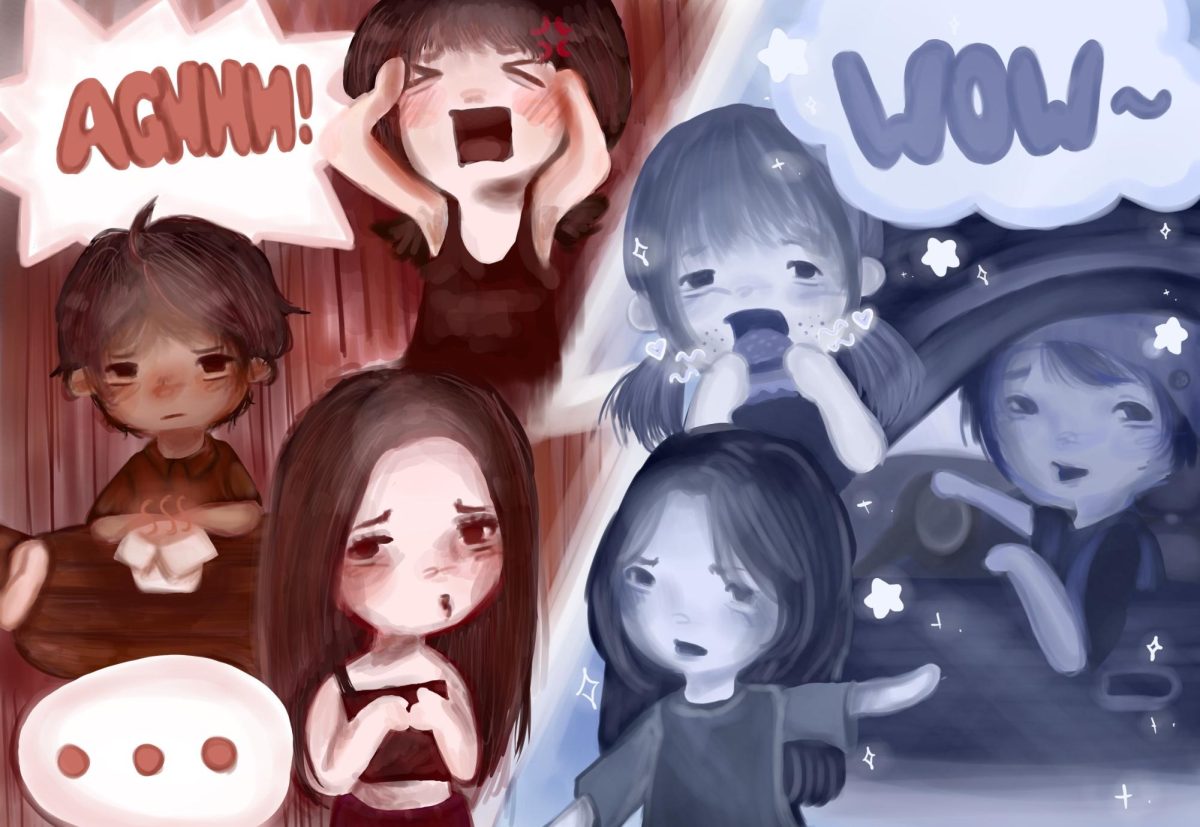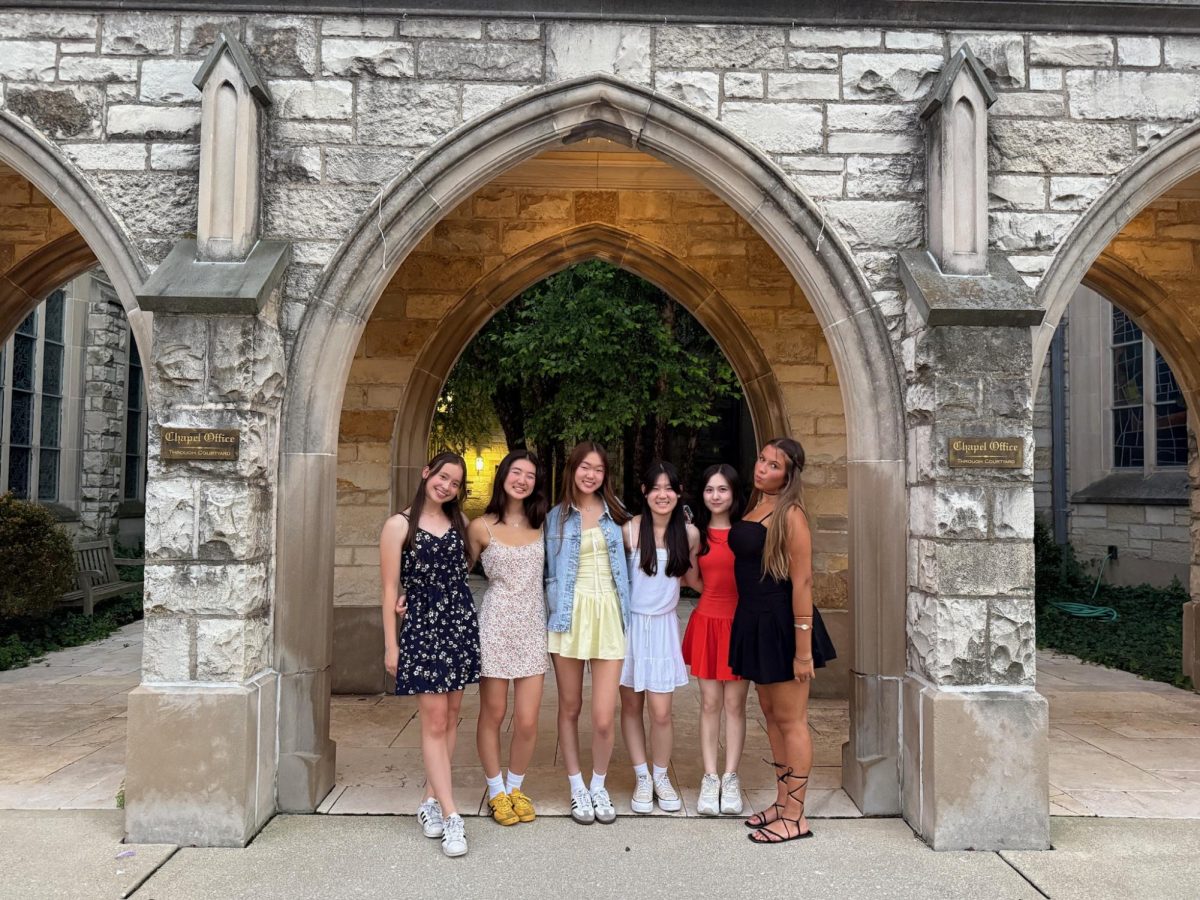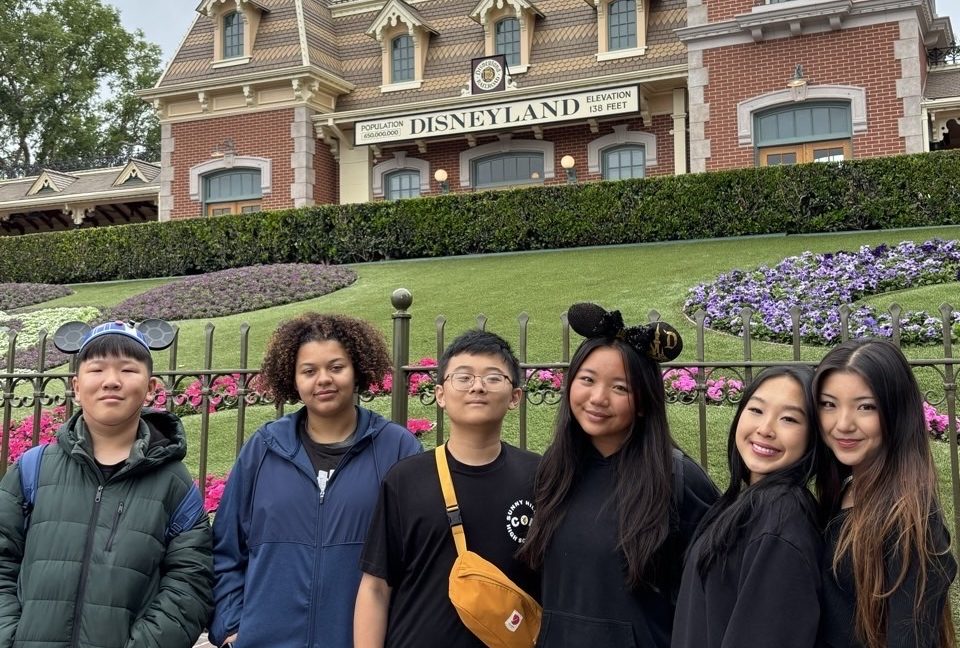A fictional narrative of a young tomboy growing up in Maycomb, Ala., with her single father and older brother — it’s a simple concept for a book without magic, twisted realms or the supernatural.
Harper Lee’s To Kill a Mockingbird, published July 11, 1960 — just prior to the peak of American’s civil rights movement — leaves a lasting impression on its readers without the need for those elements. Its ability to teach empathy, racism and prejudice is enough reason to continue teaching it for years to come.
Nevertheless, the Mountain View-Los Altos School District in Los Altos seeks to remove the book from its freshman English class curriculum, according to Los Altos High School’s newspaper The Talon, because of its “outdated messages having to do with race and the status quo.”
Fortunately, no parents or students at Sunny Hills have objected to teachers assigning this novel containing 31 chapters, said English Department chairman Scott Rosenkranz, who’s also the curriculum coordinator for the Fullerton Joint Union High School District.
“Seeking to understand people who are different from you, showing kindness, persevering through pain and suffering, recognizing injustice and having the courage to stand against it — these lessons, in my opinion, don’t have an expiration date,” said Rosenkranz, who is generally against banning classic books.
Harper Lee’s story embodies the loving relationship between an empathetic father, white lawyer Atticus Finch, and his two children, Scout and Jem. More importantly, Lee weaves the fictional narrative of the Black character, Tom Robinson, into the novel, which is the main conflict as Atticus agrees to defend Robinson in his sexual assault case to the chagrin of the majority of the town. At that time period, caucasian folks would take the word of one of their own rather than that of a Black man.
Many in Maycomb, like neighbor Mrs. Dubose, begin to shout out to Scout — the first-person narrator — and her brother about her father being a “n—– lover,” causing Scout and her brother Jem confusion as to why their father would accept such an unpopular case, one that even he admits later in the story he has no chance of winning.
Based on that alone, it’s quite clear that the book hits some heavy topics rather than outdated ones as the Los Altos School District would have us believe. The novel accomplishes this in a manner that increases readers’ understanding and appeals to their sympathy toward these issues. Readers today see life through the eyes of Scout Finch, a young child learning of the racial prejudice against Black people in the 1930s.
This same prejudice, while likely not as severe, still lives on in modern society today in light of the Black Lives Matter movement, including the death of George Floyd, Breonna Taylor and Elijah McClain. Certainly, the concept has survived and remains far from outdated or useless. Rather, although Lee uses the “n” word nearly 50 times, the novel demonstrates how cruel people in the past treated those of color and implores readers to do better in regards to their racial prejudices.
Although not brought up by the Los Altos School District, an argument often used against schools keeping Mockingbird and similar books such as Mark Twain’s Adventures of Huckleberry Finn, a Sunny Hills sophomore Honors English and oftentimes a junior college prep English reading requirement, entails the usage of the N-word. It may make readers feel uncomfortable, thus Lee’s reasoning in implementing the word in the first place.
At no point does Lee condone using the word. Scout herself uses the slur when she asks her dad if he defends Black people. Atticus confirms her statement but scolds her for using the word, telling her “that’s common,” meaning that it’s vulgar or cheap. Even when she argues back that everyone at school says it, he tells her, “From now on, it’ll be everybody less one.”
It’s nonsensical to criticize a book for incorporating a slur it condemns using.
English teacher David Wolf sees the book as one of the best he has ever taught and hopes Sunny Hills will keep the book forever. Wolf says the N-word aloud in class and uses it to explain how uncomfortable he feels using the word as a white person in addition to how it should make him uncomfortable. He believes the N-word only becomes a problem when people make it one.
“We need to confront that word because the history of America is tied up in it; it’s a scar that teaches us never to forget just how monstrous humans can be when they reject ‘the other,’” Wolf said. “Avoiding the word won’t make the world less racist — the opposite is more likely true.”
On top of that, considering the book’s setting, avoiding the word would only appear ignorant on Lee’s part. She creates a realistic depiction of American society in her time through well thought out diction and dialogue, with the slur being a crucial part of staying true to the time period. The readers’ comfort in exchange for a historically accurate plot is worth the sacrifice. Even then, Sunny Hills teachers do their best to turn the word into a learning opportunity and react sensitively to its usage.
“Our teachers are careful to help students distinguish between the historical use of these words in these books and the unacceptable use of these words as slurs today,” Rosenkranz said.
Atticus acts as the hero of the novel, though he’s a humble enough character to reject that notion if someone addressed him as such. He lovingly raises his kids and teaches them the importance of empathy, but the focus on him presents the argument on whether he serves as a white savior. This term refers to when a white person “acts to help non-white people but in a context which can be perceived as self-serving,” according to a 2019 article from Metro News.
For Atticus to have a white savior complex would entail that he profits from his actions, but his morality in the novel actually causes him more trouble than gain. It puts his children in harm’s way at school and strains his relationship with his sister. Yet, he stays true to his ethics and sticks to defending Robinson even when the popular view stands against him. This teaches freshmen the importance of sticking up for those who can’t defend themselves even if the battle continues to move downhill. The lesson remains with freshmen throughout their high school experience and develops even more later on in life.
On top of that, Mockingbird reminds readers of the injustice against Blacks and the suffering they endured over any plot in the novel involving a major white character. In combination with Atticus’ defense speech, Robinson’s trial and its unjust verdict at the climax of the book prevails as the most impactful moment. To rid students of the opportunity to discuss these scenes in depth with people of different backgrounds and races in a classroom setting is upsetting to say the least.
Of course, the books that the Los Altos School District wants to replace Lee’s story with such as The Hate U Give and The Book of Negroes by Black writers Angie Thomas and Laurence Hill, respectively, provide excellent book examples of racism through the eyes of the oppressed. While these two stories remain phenomenal alternatives, they should serve as reading material later on in high school so Lee’s story can set forth an ideal introduction to these topics.
The Hate could present a modern contrast to the already-required The Adventures of Huckleberry Finn reading for sophomore honors English students and provide a deeper analysis of racism towards Black people, now and past.
For juniors, Hills’ work could offer a noteworthy reading requirement since the Advanced Placement U.S. History class would provide the background information needed to better understand the book. Even through a narrator’s eyes, experiencing prejudice causes much more suffering for the reader than just watching it happen. Lee’s story gives students a glimpse of the horrors of racism without overwhelming younger readers.
But we must acknowledge that Lee wrote this novel in 1960 — 60 years ago — and based the events on her experience living in Alabama as a 10-year-old in the 1930s. As a white woman, understanding the complexity of enduring racism as a Black person proves impossible, but from a perspective she can write from, Lee does a beautiful job in illustrating the journey of a growing girl learning to put herself in someone else’s shoes to better comprehend the racism and prejudice in her society.




